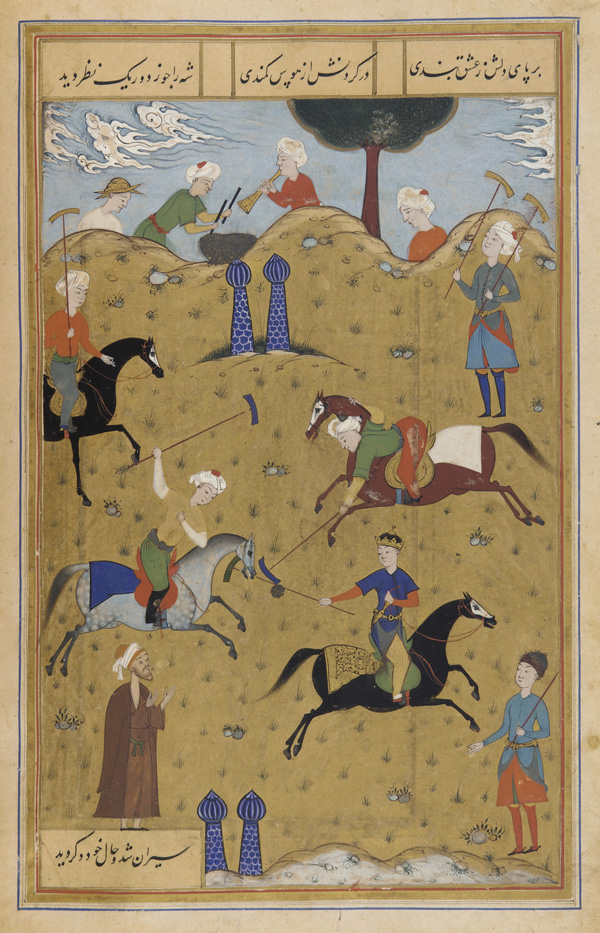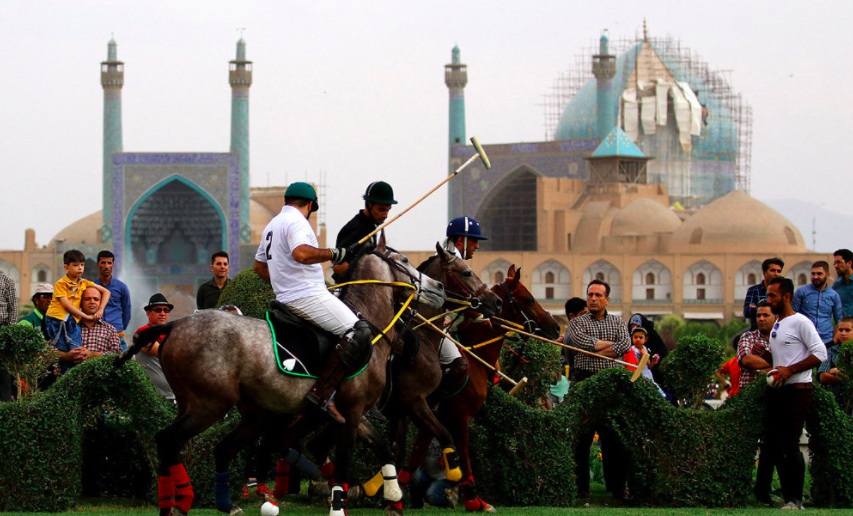The report “UNESCO lists polo as Iran’s intangible cultural heritage” was announced in the Mehr News Agency (December, 7, 2017) and has been also reported on Iranian.com (December 7, 2017) and PressTV (December 11, 2017).
====================================================================================
As noted on December 7, 2017 in Mehr News: UNESCO has recognized the team sport of polo, played on horseback, as Iran’s intangible cultural heritage during a session held in South Korea on December 7.
After three years of extensive efforts, international negotiations, and close cooperation between Iran’s sports ministry and Cultural Heritage Organization, the team sport of polo (known as ‘chogan’ in Persian) has been added as Iran’s intangible cultural heritage to UNESCO list during the 12th session of the Intergovernmental Committee for the Safeguarding of the Intangible Cultural Heritage, taking place from December 4 to December 8 in the South Korean capital of Seoul.
Iran submitted a proposal for the inclusion of polo in the list of Intangible Cultural Heritage to UNESCO on 30 March 2016. The dossier was reviewed and shortlisted for inclusion under the 2003 Convention on Nov. 7, 2017.
The polo dossier is the second of thirteen documented Iranian intangible cultural heritages that is related to the country’s traditional sports and ritual games.
The dossier was recognized as a masterpiece of heritage of humanity and inscribed in UNESCO’s list without any objections or provisions.

A Persian miniature made in 1546, during the reign of the Safavid dynasty of Iran (1501-1722). This artwork is of the Persian poem Guy-o Chawgân (“Ball and Polo-mallet”) depicting Iranian nobles engaged in the game of polo, which has been played in Iran for thousands of years (Picture Source: Public Domain).
The first recorded game of polo, in which players on horseback score by driving a small ball into the opposing team’s goal using a long-handled wooden mallet, reportedly took place in 600 BC in ancient Persia.
As noted further in Iranian.com (December 7, 2017):
Farhad Nazari who is the head of the Iranian Office for Registration of Historical Monuments confirmed the approval, which will officially be registered next month at the 12th meeting of the UNESCO committee in South Korea. Nazari added that the case titled “The art of making and playing the kamancheh” will also be reviewed and registered by UNESCO at next month’s meeting. Four days after the Mehr News report on December 11, 2017, PressTV announced the following:
“The Kamancheh and Polo and have been officially registered as an Iranian sport and a traditional Persian musical instrument on UNESCO’s list of intangible cultural heritage.”
Polo was invented and reportedly first played in 600 BC in ancient Persia. The original name of polo is “Chogan” and in Iran the game is still referred to as “Chogan”. Throughout history, the game has been popular among warriors, generals, princes, and kings as a means of training cavalry for warfare. As noted by Hossein Jafari, head of Isfahan’s Chogan Office:
“Chogan is our national sport and has its roots in ancient Iranian traditions…”

Sportsmen in Iran engage in a game of polo (Source: Iranian.com).



